|
It may still be summer, but the tease of fall is in the air. A smattering of leaves are beginning to float down from the deciduous trees, the sun is setting earlier in the evening and rising later in the morning. I’m hearing less hummingbird chatter, which means they have begun their migration south. This past week, daytime temperatures have been mild, with deliciously cool nights. All of this is a reminder that autumn is rapidly approaching. Just as the seasons shift, so too do our cravings at the table and in the glass. While red, white, and rosé wines can be enjoyed year-round, many wine lovers have seasonal favorites. As autumn and cool temps advance, red wines often take center stage, edging out the lighter wines that we enjoy in summer’s heat. Here are three red wines to welcome autumn. Domaine Bousquet Reserve Organic Malbec 2023 Domaine Bousquet has made frequent appearances on my website, and I’ve enjoyed reviewing their wines on numerous occasions. This family-owned estate is located in the Gualtallary Valley, high up in the Tupungato district of the Uco Valley in Argentina’s Mendoza region. It is Argentina’s largest producer and exporter of organically grown wines. To learn more about their vineyards and wines, click “Domaine Bousquet” in the Categories section on the right. This wine is a blend of 85% Malbec, 5% Merlot, 5% Syrah, and 5% Cabernet Sauvignon. These certified organically grown grapes are harvested from the estate’s best plots in the Uco Valley. This wine is aged 50% in 2nd-use 400L French oak barrels for six months, with the remaining in stainless steel and concrete tanks. Nose: Dark berries, plum, and spice, with a hint of floral and oak. Palate: Layered with plum, blackberry, raspberry, dark cherry, chocolate, and pepper, ending on a long, silky finish. Nicely balanced with soft tannins and good acidity. Alcohol: 14.5% SRP: $18 Pairing suggestions: Grilled meat, pasta, stews, seared tuna, and spicy Asian cuisine. Famiglia Cotarella Sodale Merlot Lazio IGT 2020 Famiglia Cotarella is family-owned business spanning three generations of grape growers and winemakers from Umbria, Italy. Today, sisters Dominga, Marta, and Enrica Cotarella control the family estates. Their mission is to further tie the company’s identity to its native terroir and the family name. Their portfolio includes classic Italian blends and single varietal expressions of Merlot and Sangiovese from Lazio, Umbria, and Montalcino. This wine is 100% Merlot. Grapes were hand-harvested from vineyards in the Lazio region. After fermentation, the wine was aged for nine months in neutral French oak barrels. Fined and lightly filtered before bottling, the finished wine was aged for several months in bottle before its release to market. Nose: Violets, red fruit, baking spice, and subtle hints of cherry. Palate: Round and smooth with notes of dark berries, plum, dark cherry, and spice. A touch of vanilla and cherry tobacco lingers on a long finish. Alcohol: 14.5% SRP: $25.99 Pairing suggestions: Roasts, game, poultry, mushroom risotto, and hearty stew.. Lázuli Cabernet Sauvignon 2017 Vina Aquitania is a partnership of four distinguished winemakers and vineyard owners. Bruno Prats and Paul Pontallier (RIP) of the Bordeaux region, Ghislain De Montgolfier of Champagne, and Felipe De Solminihac, a renowned oenologist in Chile. They produce limited quantities of Chilean wine inspired by the Bordeaux tradition. This wine is 100% Cabernet Sauvignon, hand-harvested from 25 to 30-year-old vines planted in Peñalolén, a commune bordering Santiago de Chile at an elevation of 2,300 feet in the Maipo Andes. The wine was aged for 16 months in French oak barrels and is named after Lapis Lazuli, the beautiful blue gemstone found in Chile. Nose: Lots of dark fruit, floral notes, jammy plum, and subtle hints of baking spice, earth, and herbs. Palate: Aromas segue onto the palate with blackberry and cherry tobacco. This is a balanced and complex wine with a playful amount of acidity. Alcohol: 14.5% SRP: $45 Pairing suggestions: Enjoy with roasted meat, venison, seared tuna, spicy cuisine, and dark chocolate desserts. What red wine will you pour as the leaves turn? Until next time…
Cheers! Penina To leave a comment or if you have an inquiry, please contact me at [email protected] Spring is in full swing, with flowers blooming against a background of vibrant green foliage bursting from trees. Birds are nesting, and butterflies are reaping the benefits of sweet floral nectar. It is the season of renewal and the promise of new beginnings. With warmer weather upon us, I believe we are all ready to embrace the outdoors. I certainly am! As most of my readers know, what type of wine I drink is not dictated by the weather, but what my palate is in the mood for. Billy Joel’s lyrics from the song “Scenes From An Italian Restaurant” ring true for me. “A bottle of white, a bottle of red Perhaps a bottle of rose instead” “A bottle of red, a bottle of white It all depends upon your appetite” So, with that in mind, here is a sampling of four wines I received, which will please your palate and pair well with spring, and all year round! Domaine Bousquet Reserve Organic Chardonnay 2023 Domaine Bousquet is no stranger to my website. I have reviewed and thoroughly enjoyed all of their wines throughout the years. This family-owned estate is in the Gualtallary Valley, high up in the Tupungato district of the Uco Valley in Argentina’s Mendoza region. This 100% Chardonnay comes from certified organic estate fruit and is hand-harvested from low-yield vineyards located at the foot of the Andes at an elevation of 4000 plus feet. 50% of the wine is fermented in oak for 15 days, and the other 50% in tanks. The wine is aged for six months in 3rd use French oak barrels on the lees for a Burgundian style. Nose: Lovely floral and tropical notes, with apples, lime, freshly baked bread, and a hint of vanilla. Palate: Creamy mouth-feel with beautiful acidity, oak aromas transcend on the palate with pear and tropical notes of pineapple and pink grapefruit. Oak and acidity persist on a long and delicious finish. Alcohol: 13.5% SRP: $18 Pairing suggestions: Enjoy as an aperitif or with seafood, salads, cream-based pasta, mushroom risotto, or cheese. Herzog Lineage Pinot Noir Clarksburg 2023 Herzog Wine Cellars has a long family history of winemaking that spans nine generations. From Europe to New York to the vineyards of California, the Herzog family gave rise to the American kosher wine industry, including premium kosher winemaking in California. Today they have eight brands of wine, one of which is the Lineage brand. This 100% Pinot Noir is harvested from vineyards in Clarksburg, CA. Try as I might, I could not find any technical data or the aging process of this wine. Nose: Cherries, pomegranate, cocoa, and baking spice. Palate: Silky mouth-feel with cherries, strawberry, earthy, and a hint of baking spice lingering on the finish. Alcohol: 13% SRP: $20 Pairing suggestions: Roasted leg of lamb, duck with cherry glaze, grilled portobello burgers, or seared tuna. Attems Pinot Grigio Ramato Friuli DOC This wine is produced by Attems, a historic estate located in Friuli, in northeast Italy. In 2000, the estate was sold to the Marchese Vittorio Frescobaldi. Pinot Grigio, aka Pinot Gris, is a white wine grape that thrives in a cool climate. The vineyards for this grape are situated in the middle area of the property, known as “manine” or “little hands” which is a primarily flat area set between Collio and Isonzo. This 100% Pinot Grigio gets its coppery/coral color from slight contact of about ten hours with the purple skins before pressing and fermenting. Following fermentation, the wine rested for four months on noble lees. Nose: White fruit, melon, cherry, citrus, and wildflowers. Palate: Crisp fruit with nice acidity, pink grapefruit, melon, cherry pie, and minerality lingering on the finish. I love the dance between tart and juicy. Alcohol: 12.5% SRP: $20 Pairing suggestions: Seafood, goat cheese wrapped in prosciutto, cream-based pasta, grilled veggies, or enjoy as an aperitif. Darom by Yatir Cabernet Sauvignon 2023 Yatir Winery, founded in 2000, is located at the southern tip of the Judean Hills, and built at the foot of the Israelite Tel Arad Fort (an archeological site) in the heart of the Negev desert. The vineyards of the Yatir Forest are just 10 minutes away. Vineyards are planted at an altitude of up to 900 meters above sea level and are dispersed throughout different locations in the forest, each with its own distinct feature. The dry desert climate and cool nights contribute to producing exceptional wine grapes. The grape blend for this wine is 85% Cabernet Sauvignon, 10% Petit Syrah, and 5% Shiraz. Grapes are hand-harvested; the wine is aged for eight months in small oak barrels. Nose: Dark fruit, cherry, baking spice, forest floor, and a hint of violet.
Palate: Rich and fruit-forward with lots of berries, cherry, spice, earthy, and slate. Alcohol: 13% SRP: $35 Pairing suggestions: Prime ribs, Mediterranean cuisine, risotto, and chocolate desserts. Whatever the season, occasion, or “just because” moment, these wines are price-approachable, and your palate will thank you! “A bottle of red, and a bottle of white Whatever kind of mood you're in tonight” Billy Joel Until next time… Cheers! Penina To leave a comment or if you have an inquiry, please contact me at [email protected] Whether you are searching for a holiday gift or a tasty sip to pair with a meal, I recommend the following five wines from Argentina, Italy, Oregon, Washington, and Virginia to add to your shopping list! Unánime Signature Malbec 2018 Mascota Vineyards is located in La Consulta, San Carlos, a small wine-growing sub-region in the southern Uco Valley of Mendoza, Argentina. Winemaker Rodolfo Sadler founded Mascota and has crafted wines for over 30 years. This 100% Malbec is aged for 14 months in French oak barrels. Nose: Violets, fresh red fruit, and baking spice. Palate: Bing cherries, red plum, with a hint of dark berries and subtle notes of dark chocolate, espresso, and pepper on a lengthy finish. Smooth and balanced with complex layers. Alcohol: 14.5% SRP: $40 Pairing suggestions: Hearty stews, roasted meat, fowl, or mushroom risotto. Intrinsic Red Blend 2021 Intrinsic Wine Co is a Washington state wine brand created by Juan Muñoz Oca, head winemaker at Columbia Crest, and his team. Columbia Crest and Intrinsic are both owned by the largest wine company in Washington, Chateau Ste. Michelle Wine Estates. According to available information, the Intrinsic Red Blend 2021 is a blend of Malbec, Cabernet Franc, and Cabernet Sauvignon, originating from the Columbia Valley region of Washington state. Nose: Lovely notes of raspberry, dark cherry, and sweet plums, along with hints of violet, tobacco, and herbs. Palate: This rich and juicy blend shows off notes of chocolate, espresso beans, and pepper that blend well with ripe fruit. Silky tannins and well-balanced acidity lead to a long finish with spice and berries lingering on the palate. Alcohol: 14.5% SRP: $20 Pairing suggestions: Sip on its own or head to the dessert table with your glass! FIOL Prosecco DOC Extra Dry FIOL (pronounced FEE-yol) means “son” in Venetian dialect and “chap” in English. FIOL was founded in 2011 by Gian Luca Passi and co-founder Giovanni Ciani Bassetti. They are childhood friends who grew up surrounded by Prosecco. “Most local winemakers have been drinking sparkling wine for 50 years and need an extraordinarily strong bubble to really feel it. We wanted something gentler, more subtle, more fruity.” says Gian Luca Passi.” This sparkling wine is 100% Glera. Prosecco DOC requires a minimum 30-day secondary fermentation in tank. This wine remains in tank 40 days for extra depth and complexity. Nose: Green apples, a touch of white flowers, and citrus. Palate: Smooth bubbles with emphasis on the grape. It is crisp and refreshing with notes of apple, pear, minerality, and a touch of lemon zest. Alcohol: 11% SRP: $19 Pairing suggestions: Enjoy as an aperitif, in cocktails, or with appetizers, entrees, and dessert! Appassionata Andante Pinot Noir 2017 J. Christopher Winery, located in northern Willamette Valley, Oregon, is owned by iconic winemaker Erni Loosen, creator and owner of Germany’s Dr. Loosen and Villa Wolf estates. Following his passion for Pinot Noir, Erni set his sights on J. Christopher, eventually purchasing 40 acres and planting the Appassionata Vineyard. The grapes for this 100% Pinot Noir are sourced from 33-year-old vines in the Dundee Hills appellation. The wine was aged for 20 months in French oak barriques (25% new). The wine is released five years after vintage. Andante means ‘gently, unhurried.’ Nose: Exotic flowers, brioche, red berries, red plums, baking spice, herbal notes, and a whiff of orange. Palate: This is a lively wine that balances delicate and savory. Silky texture with bright cherry, pomegranate, baking spice, and orange zest. A long and tasty finish awaits. Alcohol: 13.5% SRP: $135 Pairing suggestions: Roasted fatty fish such as salmon, stuffed artichokes, duck, grilled meat, venison, and most cheese. Early Mountain Rise 2021 Early Mountain Vineyards is owned by Jean Case, who started the company in 2012. They are located in the foothills of the Blue Ridge Mountains in Madison, Virginia, with more than 55 acres of planted vineyards. Rise is reserved for only the finest vintages with specific selections from exceptional mountainside vineyards. It is a beautiful blend of 58% Merlot, 17% Petit Verdot, 15% Tannat, and 10% Cabernet Franc. The wine is aged for 20 months in French oak barrels (52% new) and 18 months in bottle prior to release. If properly stored, this wine will drink well from 2024-2050. Nose: Floral, dark berries, plum, cedar, baking spice, and forest floor.
Palate: A perfect dance of structured tannins merging with acidity leads to an elegant wine. Aromas segue onto the palate with lingering notes of chocolate, spice, and decadent berry pastries on a long finish. Alcohol: 14.8% SRP: $150 Pairing suggestions: Hearty stews and soups, roasted red and white meat, mushroom risotto, pasta, seared tuna, charcuterie board, and spinach quiche. I hope these wines have aroused your curiosity. Your palate will appreciate it! Happy tasting! Until next time… Cheers! Penina To leave a comment or if you have an inquiry, please contact me at [email protected] Susana Balbo Wines is no stranger to my website. I’ve been writing about Susana and her wines since 2017. Susana is the founder and owner of Susana Balbo Wines. It is located in Luján de Cuyo, Mendoza, in western Argentina, with a stunning backdrop of the Andes Mountains. Susana is not only the most well-known Argentinian female winemaker globally, but she is also the first female enologist in Argentina! With over thirty years of experience in the wine industry, Susana has built an impressive career and produces outstanding wines. (click on ‘Susana Balbo’ under Categories to read more articles and reviews) Susana produces four brands of wine including CRIOS. Susana created the CRIOS brand as a tribute to her son and daughter. CRIOS in Spanish means “offspring”. To quote Susana Balbo Winery, “CRIOS wines express Susana's love and dedication to her children, José and Ana. Today, Susana's CRIOS has grown and matured, just like her children who now work with her at the family winery.” The grapes for this brand are harvested from specific areas in Mendoza and Salta where grapes are optimal for the fruit-forward style of CRIOS. Here are two CRIOS gems to please your palate. CRIOS Sustentia Chardonnay 2022 Susana recently introduced this wine to the CRIOS collection. It is a low-alcohol and lower-calorie Chardonnay. The grapes for this 100% Chardonnay are sourced from Valle de Uco, Mendoza. The grapes are harvested early, thereupon allowing the winemaker to obtain a must with low sugar concentration and a naturally low-alcohol and reduced-calorie wine. This wine is aged for three months in stainless steel tanks. Nose: White stone fruit, tropical notes, lemon, and a touch of floral. Palate: Juicy peach, pineapple, and pear notes with vibrant acidity and a trace of lemon zest on the finish. Alcohol: 9% SRP: $18.99 Pairing suggestions: Enjoy as an aperitif or pair with roasted white meats, seafood, sushi, salads, or mushroom risotto. CRIOS Malbec, 2021 My first taste of CRIOS Malbec was a 2015 vintage. So, I was looking forward to trying the 2021 vintage. And I’m happy to report that my palate was quite pleased! This 100% Malbec is hand-harvested from vineyards in Valle de Uco, Mendoza. Aging is 40% in third and fourth-use French oak barrels for eight months. Nose: Violets, cherry, plum and spice. Palate: Aromas segue onto the palate with pomegranate, pepper, and cocoa. Tannins are nicely balanced with acidity, and the finish is long. Alcohol: 14% SRP: $15 Pairing suggestions: Grilled meat, seared tuna, hearty stews, glazed duck, aged cheese, or dark chocolate mousse. Susana Balbo wines never disappoint my palate. They are consistently good and worth exploring! Until next time…
Cheers! Penina To leave a comment or if you have an inquiry, please contact me at [email protected] The holidays are quickly approaching, and menus are in the making. Why not get in the spirit with a glass of bubbly? Opening a bottle of good quality sparkling wine that retails for $18 is a no-brainer, especially when pouring a glass just for me! Domaine Bousquet is no stranger to my website. It is a family-owned winery and Argentina’s largest producer and exporter of organically grown wines. It is located in the Gualtallary Valley, high up in the Tupungato district of the Uco Valley, where altitudes can reach up to 5,249 ft. I’ve met and dined with Anne Bousquet (co-owner) several times, written numerous articles, and reviewed most of their palate-pleasing wines. So, let’s explore a few of Domaine Bousquet’s sparkling wines without further ado! Both of these sparkling wines are produced using the Méthode Traditionnelle, where the second fermentation takes place in the bottle. The Brut is fermented on the lees in bottle for six months before disgorgement. 100% certified organic grapes are hand-harvested from the estate’s vineyards by the foothills of the Andes at an altitude of 4000 ft. The high altitude imparts cool nights and hot days, contributing to the grapes’ fresh fruit flavors and acidity. Domaine Bousquet Traditionnelle Chardonnay-Pinot Noir Brut NV This sparkling wine is made with 75% Chardonnay and 25% Pinot Noir. Nose: Floral, yeast, tropical fruit notes with apple. Palate: Creamy mouth-feel with fine bubbles, lemon, green apple, and soft berries. Fresh, with lively acidity. Alcohol: 12% SRP: $18 Domaine Bousquet Traditionnelle Pinot Noir-Chardonnay Brut Rosé NV This sparkling wine is made with 75% Pinot Noir and 25% Chardonnay. Nose: Floral, strawberry, sweet apples, and cherry. Palate: Refreshing acidity with persistent bubbles. Aromas segue onto the palate with citrus, cranberry, and lemon on the finish. Alcohol: 12% SRP: $18 Pairing suggestions: Enjoy these wines as an aperitif or with seafood, quiche, roasted chicken, and desserts! These wines are priced well and are a great way to kick off the holidays or to pop open for a “just because” moment!" Until next time…
Cheers! Penina To leave a comment or if you have an inquiry, please contact me at [email protected] New vintages of Gaia reds have arrived! And, yes, I’m giving another shout-out to these consistently tasty wines from Domaine Bousquet’s Gaia collection! Domaine Bousquet is a family-owned winery and Argentina’s largest producer and exporter of organically grown wines. It is located in the Gualtallary Valley, high up in the Tupungato district of the Uco Valley, where altitudes can reach up to 5,249 ft. The winery was founded in 1997 by winemaker Jean Bousquet, originally from Carcassonne in Southwest France, where his family expanded four generations of winemaking. Please select from the menu at right for a more in-depth look at Domaine Bousquet. The label for these wines is a striking portrayal of Gaia, who in Greek mythology is the mother goddess presiding over the earth. It is a fitting name for wines produced from all organic grapes! Gaia Organic Cabernet Franc 2020 This vintage is 100% Cabernet Franc. Grapes are hand-harvested from vineyards at 4000 ft. altitude. The wine is aged in French oak for ten months. Nose: Dark berries, floral, and baking spice. Palate: Juicy notes of blackberry, plum, pomegranate, spice, and minerality. It is fresh and lively! Alcohol: 14.5% SRP: $20 Gaia Organic Cabernet Sauvignon 2019 Grapes for this 100% Cabernet Sauvignon are hand-harvested from vineyards at 4000 ft. altitude. This wine is aged in French oak between eight and ten months. Nose: Intense aromas of dark berries, dark cherry, baking spice, and a touch of minerality set the stage for this expressive wine: Palate: Aromas segue onto the palate with plum, vanilla, and a hint of chocolate. Smooth tannins and a lengthy finish beg for another sip. Alcohol: 15% SRP: $20 Gaia Organic Malbec 2019 This wine is 100% Malbec. Grapes are hand-harvested from vineyards located by the foothills of the Andes at 4000 ft. altitude. The wine is aged in French oak between eight and ten months. Nose: Floral, dark berries, baking spice, and hints of plum. Palate: Aromas segue onto the palate with a touch of dark cherry, earthiness, firm tannins, and a lengthy finish. Alcohol: 14.5% SRP: $20 Gaia Organic Red Blend 2020 This red blend is the first wine that launched the Gaia collection. The blend is 50% Malbec, 45% Syrah and 5% Cabernet Sauvignon. The best grapes are used for this wine and are harvested manually from Domaine Bousquet’s organically farmed vineyards. Wine aging takes place in French oak barrels for ten months. Nose: Aromas of violet, dark berries, and spice are inviting and heady.
Palate: Dark cherry and plum, blackberry, and spice entertain the palate with a hint of vanilla lingering on a long finish. It is juicy, fruity, smooth, and complex. Alcohol: 14.5% SRP: $20 Pairing suggestions for these wines: Grilled meat, BBQ, roasted chicken, hearty stews, cheese, pasta, seared tuna, and chocolate desserts! Gaia wines are a great value and never disappoint the palate! Until next time… Cheers! Penina To leave a comment or if you have an inquiry, please contact me at [email protected] The month of April is ending with her classic “April showers” all weekend long. And we all know what May brings! I’m looking forward to May flowers, warmer weather, spending more time outdoors, and taking the kitchen outside for the grilling season. Just because the warmer months are almost upon us does not mean one has to pack away the red wines along with mittens and boots. On the contrary, red wines are to be enjoyed year-round and are a great accompaniment to many summer dishes. So to kick off the season, I’ve rounded up a selection of six red wines that will pair beautifully with whatever you might have on the grill. The wines range from $13.99 to $25.00 and will not disappoint your palate. Bodegas Valdemar Conde Valdemar Crianza 2018 Bodegas Valdemar Winery is located in Oyon, Alava Spain, and has a history of winemaking dating back to 1889. They have 300 hectares of vineyards throughout Rioja and are considered one of the largest estates in Rioja. Grapes for this wine are a blend of 89% Tempranillo, 7% Mazuelo, and 4% Graciano sourced from estate vineyards in Rioja Alavesa and Rioja Alta. The wine is aged in American oak barrels for 17 months. Nose: Fragrant notes of blueberries, cherry, and baking spice. Palate: Juicy dark berries, cherry, vanilla, and earthy. Tannins and acidity are well-balanced, with dark fruit lingering on a long finish. Alcohol: 14% SRP: $19 Pairing suggestions: Cheese platter, grilled meat, tuna, veggies, pasta, stews, and pizza. Veramonte Pinot Noir 2020 Viñedos Veramonte is an organic estate located at the extreme eastern end of Chile’s Casablanca Valley. The Veramonte vineyards are in both Casablanca Valley and Colchagua Valley. This wine is made with 100% Pinot Noir organic grapes from Casablanca Valley. It is aged for eight months in natural oak. Nose: Red berries, bing cherries, a hint of spice, and earthy. Palate: Strawberry, raspberry, and plum dance on the palate. Fresh with good acidity, silky tannins, and a long, savory finish. Alcohol: 13.5% SRP: $13 Pairing suggestions: Grilled meat and poultry, risotto, pasta, or seafood salad. Cline Eight Spur Zinfandel, Dry Creek Valley 2020 This California wine is produced by Cline Family Cellars, established in 1982, a family-owned and operated winery. The grapes for this 100% Zinfandel are sourced from Dry Creek Valley in Sonoma County, one of the oldest growing areas in California. The valley holds the daytime heat, ripening grapes until sundown when cool ocean breezes whistle through the canyon, extending the growing season to increase varietal complexity. The wine is aged in 40% new French oak for 15 months. Nose: Berries, dark cherry, plum, and baking spice with a hint of lavender. Palate: Aromas segue onto the palate with notes of raspberry, blackberry, blueberry, and vanilla. It is rich, smooth, and well-structured, with sour cherries and vanilla lingering on the finish. Alcohol: 14.5% SRP: $25 Pairing suggestions: Grilled anything! BBQ ribs, spicy cuisine, pizza, seared tuna, or roasted leg of lamb. Graffigna Glorious Collection Malbec 2020 Graffigna was established in 1870 when Santiago Graffigna left Italy and arrived in San Juan, Argentina, bringing with him his passion and wine expertise. It is considered one of the oldest wineries in San Juan. Today, Santiago’s vision and spirit are honored with each bottle produced, and care is taken to maintain the quality and character of the grapes. The grapes for this 100% Malbec are sourced from the Uco Valley in Mendoza. 70% was aged in French oak for 12 months, and 30% in concrete and stainless steel vats. Nose: A touch of violet, plum, sour cherry, and baking spice tease the senses. Palate: Concentrated and juicy fruit, with aromas spilling onto the palate. Blackberry and plum linger on the finish, with soft tannins and nice acidity. Alcohol: 14.5% SRP: $18.99 Pairing suggestions: BBQ, grilled meat and veggies, mushroom risotto, stews, or a charcuterie board. Cantine Ermes Epicentro Nero d’Avola Riserva Sicilia DOC 2018 Cantine Ermes was founded in 1998 in the heart of Belice Valley in Sicily. It is a cooperative “born from the idea of young Italian minds.” They produce wines from Sicily, Veneto, and Puglia, with an impressive 10,592 hectares of vineyards spread across these territories, with the majority of vineyards in Sicily. This wine is 100% Nero d’Avola aged in 500-liter tonneaux for 18 months. Nose: Lovely bouquet of dark fruit, plum, berries, and baking spice. Hints of toasted oak and minerality waft through the fruit. Palate: Aromas continue onto the palate with strawberries, cherry, clove, and pepper. Soft tannins and well-balanced with a rich blackberry jam finish. Alcohol: 14% SRP: $17 Pairing suggestions: BBQ, grilled meat and fowl, marinated lamb, pasta, stew, or mature cheese. Talosa Rosso Di Montepulciano DOC Toscana 2020 Talosa is a boutique winery with 33 hectares of vineyards in the heart of Montepulciano in Tuscany and has been owned by the Jacorossi family since 1972. Their historic aging cellar dates back to the 16th century, which is in the old town center of Montepulciano, in an underground area between two of the oldest buildings in the city, Palazzo Tarugi and Palazzo Sinatti. The brick passageways contain a series of vaults and niches where the barrels are placed. The grapes for this wine are 85% Sangiovese, Merlot and Canaiolo, 15%. It is aged in stainless steel, tonneaux, and large barrels for a minimum of three months. Nose: Floral, strawberries, blueberries, cherries, and a hint of spice. Palate: Fresh and lively, with notes of plum and sweet cherry, a balsamic undertone, and a touch of spice on the finish. Very nice. Alcohol: 13.5% SRP: $25 Pairing suggestions: Grilled red and white meat, appetizers, seared tuna, spicy cuisine, or risotto. I hope these wines pique your interest! Below is a delicious recipe for marinated tuna steaks. It is an easy recipe to make and works using the grill, broiler, or a quick sear on the stovetop. I love it! And all of these wines will pair beautifully with it! Marinated Tuna Steaks For The Grill Courtesy of allrecipes.com Ingredients (for four servings)
If you try any of the above wines, please share your thoughts and pairings!
Until next time… Cheers! Penina To leave a comment or if you have an inquiry, please contact me at [email protected] This month features treats from Argentina! The sultry tango dance might come to mind when one thinks of Argentina. And when it comes to wine and food, Malbec and chimichurri sauce lead the way in creating an enticing dance on the palate! Domaine Bousquet is a family-owned winery and Argentina’s largest producer and exporter of organically grown wines. It is located in the Gualtallary Valley, high up in the Tupungato district of the Uco Valley, where altitudes can reach up to 5,249 ft. The winery was founded in 1997 by winemaker Jean Bousquet, originally from Carcassonne in Southwest France, where his family expands four generations of winemaking. Domaine Bousquet is noted for its use of French and Argentinian winemaking techniques. French-born Anne Bousquet, daughter of Jean and President and CEO of the company, stated, “The objective of the Bousquet family was to unite our tradition of European winemaking with the ideal agricultural conditions in Mendoza.” Domaine Bousquet is the only estate with sand as its primary soil. Sandy soil drains well and retains heat that helps to produce highly aromatic wines. With minimal rainfall, water delivery to the vines is controlled by an irrigation process through a drop-by-drop system with pure mountain run-off. This creates lower pH in the grape, resulting in higher acidity and more color in the wine. All Domaine Bousquet wines are made from 100% organic fruit ever since the first vines were planted. Special attention is always taken to preserve the purity of the organic fruit. The benefits of a cool climate, sandy soil, controlled water irrigation, and healthy organic grapes, set the stage for quality wines. Domaine Bousquet Reserve Organic Malbec This wine is a beautiful blend of 85% Malbec, 5% Merlot, 5% Syrah, and 5% Cabernet Sauvignon. The grapes are harvested from the estate’s best plots with low yields. And the wine is aged for ten months in French oak. Nose: Plum, dark berries, spice, and a hint of floral. Palate: Layered with blackberry, raspberry, dark cherry, chocolate, and pepper with a long finish. Nicely balanced with soft tannins and good acidity. Alcohol: 14.5% SRP: $15-18 Pairing suggestions: Grilled meat, pasta, stews, and seared tuna. Argentina is the original home of chimichurri sauce, and it is considered a household staple and always made with fresh, natural ingredients. It can be served as a stand-alone condiment or used as a marinade. Every Argentine household claims its own version of the chimichurri recipe. But broadly speaking, green chimichurri (chimichurri verde), the most familiar version, is a combo of finely chopped fresh green herbs and garlic blended with olive oil and red wine vinegar or lemon juice. The following is a classic chimichurri recipe, although Anne Bousquet suggests you “feel free to play around a bit and make it your own -- just like we do in Argentina!” Chimichurri With Grilled Flank Steak Ingredients:
1 small shallot cut into wedges 2 garlic cloves ¼ cup of red wine vinegar – or lemon juice if you prefer ¾ cup flat-leaf parsley, stems removed and finely chopped – or a 50/50 blend of parsley and cilantro 1 tbsp fresh oregano, stems removed. ¾ cup extra virgin olive oil 1 ½ tsp kosher salt 1 tsp freshly ground black pepper (or you can amp up the heat with a little paprika or cayenne) Instructions: Combine shallot, garlic, vinegar, and salt in a bowl and let it sit for 10 minutes. Stir in parsley (and/or cilantro) and oregano, and mash together gently with a pestle. Whisk in olive oil using a fork, then season with salt and pepper. In Argentina, half the chimichurri recipe is usually set aside and reserved as a sauce. The remainder is combined with the beef in a covered dish and chilled for at least three hours or overnight before grilling. When ready, remove beef from the chimichurri marinade, pat dry, and grill. Serve beef with reserved chimichurri sauce on the side. And don’t forget the wine! “There’s a reason why Malbec is Argentina’s most beloved red wine,” says Anne. “Not only does Malbec thrive in the high desert growing conditions of Mendoza, especially in our high-altitude vineyards in the Uco Valley, but when it comes to pairing with steak, few wines can hold a candle to the bold aromatics, abundant fruit flavor, and smooth tannins of Malbec, especially with leaner cuts such as top sirloin and flank steak. Nothing spices up a nice, juicy steak like a generous dash of chimichurri sauce and a glass of Malbec!” Until next time… Saludos y disfruta de tu comida! Penina To leave a comment or if you have an inquiry, please contact me at [email protected] Daffodils, crocus, and hyacinth are in bloom, with leaves on the trees about to burst open. Spring is finally making an entrance! Spring also brings Passover and Easter this coming week. Unfortunately, since I’ve been working on a time-consuming project, I’ve had little time to pound the keyboard lately. So, I am reposting an article from last year that includes timeless wines and classic recipes to grace the table and please your palate. Easter Jean-Luc Colombo Cornas “Terres Brûlées” 2018 Jean-Luc Colombo winery is located in the northern appellation of Cornas in the Rhône Valley, France. Cornas is the smallest appellation in the Rhône Valley, consisting of approximately 325 acres, and is dedicated to producing only red wine from the Syrah grape. The Mediterranean climate and decomposed granite soils contribute to the richness and character of these wines. Terres Brûlées means “burnt earth,” which refers to the long hot days balanced by the cool nights. Grapes for this 100% Syrah are hand-harvested from 30+ -year-old vines. The wine is aged 21 months in oak barrels (10% new, 90% one-to-five-year-old barrels). Nose: Dark cherry, dark berries, plum, and baking spice. Palate: Rich with blackberry, plum, and black cherry, reminiscent of exotic jam. Notes of vanilla, cocoa, spice, and a trace of minerality linger on a long finish. An exceptional wine! Alcohol: 14.5% SRP: $63.99 Pairings: Roasted white meat, game, lamb, seared tuna, and hearty stews. At the age of seven, I tasted lamb for the first time. And after that, I insisted that my mother make lamb chops for me at least once a week. Seven years later, our family was invited to a traditional Greek Easter meal where I feasted on leg of lamb for the first time. I was hooked forever! Roasted Leg Of Lamb With Vegetables (serves 8 to 10) The beauty of this recipe is that you can add any vegetables you like to the pan. My favorites are small potatoes, baby carrots, and onions. Ingredients: One 5 to 6-pound trimmed bone-in leg of lamb 4 to 5 garlic cloves minced One tablespoon of olive oil Chopped fresh parsley, thyme, & rosemary (a tablespoon of each) One tablespoon of Dijon mustard Kosher salt and pepper to taste. Cut up veggies such as new potatoes, carrots, zucchini, and onions. Directions: Line a large roasting pan with aluminum foil and preheat the oven to 350℉. Pat lamb dry, and using a sharp knife, score the top side of the lamb, making shallow cuts all over. Combine the rest of the ingredients in a small bowl. Place lamb fat side up on a rack in the prepared roasting pan. Spread the garlic mixture evenly over the lamb, making sure to rub it into the scored cuts. (I like to use my hands to rub the mixture into the lamb.) Add a small amount of dry white wine to the bottom of the pan, and then add cut-up vegetables of your choice. Place pan in preheated oven and roast until it reaches an internal temperature of 135℉ or until desired doneness. Occasionally baste the vegetables and add more liquid to the pan if necessary. Let rest for 15 to 20 minutes before slicing. Note: Consult a chart for roasting time per pound to achieve doneness as to rare, medium-rare, etc. Passover Having sat through many family seders growing up, I endured the wine that was always served. It was a sickeningly sweet wine that insulted my palate even in my early youth. There had to be a better kosher wine! And over time, wine producers began making quality kosher wine. Alavida Malbec Organic and Kosher 2021 This 100% Argentine reserve-level Malbec was released in 2021 from Origins Organic Imports, owned by Anne Bousquet and her husband, Labid al Ameri. who also own Domaine Bousquet. They have been producing certified organic wines since 1997. This wine is USDA-certified organic and kosher, a first from Argentina. “Alavida” is a riff on “to life” in Spanish - itself a riff on the traditional Hebrew toast “L’chaim!”. Grapes for this wine are sourced from vineyards in the Andean foothills at 4000+ feet. 90% of the wine is aged in used oak and 10% in new oak. Nose: Dark cherry, dark berries, baking spice, earthy mushrooms, and floral. Palate: Aromas segue onto the palate with vibrant fruit, plum, smooth tannins, and a hint of fennel. Alcohol: 14.5% SRP: $19 Pairings: Charcuterie board, grilled or roasted meat, fowl, pasta, or veggie casseroles. Savory Passover Noodle Kugel (Serves 6 to 8) courtesy of 1,000 Jewish Recipes by Faye Levy This is a delicious kugel, unlike the sweet kugels you might be accustomed to. Ingredients: 8 oz. Passover noodles 4 to 5 tablespoons vegetable oil 2 large onions, chopped Salt and freshly ground pepper to taste 1 teaspoon paprika, plus a little more for sprinkling 2 large eggs, beaten Directions: Preheat the oven to 350℉. Cook noodles in a large pot of boiling salted water for about 3 minutes until almost tender. Drain, rinse with cold water, and then drain again. Transfer to a large bowl. Heat 3 to 4 tablespoons of oil in a large skillet over medium-low heat. Add onions and sauté for 15 minutes or until very tender and light brown. Add salt, pepper, and one teaspoon paprika, and sauté for about 5 minutes or until well browned. Cool slightly. Stir onion mixture into noodles. Adjust seasoning; the mixture should be seasoned generously. Add eggs and mix well. Oil a 2-quart baking dish and add noodle mixture. Sprinkle with the remaining tablespoon of oil, then dust with paprika. Bake uncovered for one hour or until set. Serve from the baking dish. Note: For a heartier kugel, add sautéed mushrooms and broccoli. Just Because! Saget La Perrière Blanc Fumé De Pouilly 2018 Saget La Perrière is a family-run company in the Loire Valley, France. With 890 acres of vines in the finest appellations and six estates, it carries on the tradition of nine generations dedicated to producing the best wines. More commonly known as “Pouilly Fumé,” the “Blanc Fumé de Pouilly” appellation is the original name of this 100% Sauvignon Blanc wine. Its classification is one of the oldest in France and goes back to 1937. The term “Blanc Fumé” (smoky white) refers to the thin smoke-colored layer covering the grapes at the time of harvest and the unique aromas of gunflint famous in the wines of Pouilly sur Loire. This wine is aged on fine lees for six months, then bottled and aged for six to eight months in the cellar. Nose: Floral, citrus, minerality, and a hint of herbal. Palate: Floral notes continue with ripe fruit, grapefruit, flint, minerality, and lemon zest on the finish. It is fresh and lively! Alcohol: 13% SRP: $34.99 Pairings: Enjoy as an aperitif or serve with seafood, grilled chicken, goat cheese, or light appetizers. Scallops with Cannellini Bean Purée (serves two) Double or triple the recipe to make more servings. This recipe is done in three stages but is worth the time and effort.
1) Bean Purée Ingredients: 1/2 cup canned cannellini beans, rinsed and well-drained. 1 teaspoon unsalted butter Salt and freshly ground pepper to taste. Directions: Place drained beans and butter into a food processor fitted with a metal blade and process until smooth. Season with salt and pepper to taste, and process again for 30 seconds. 2) Coulis Ingredients: 1 red bell pepper, seeded and diced 1 tablespoon olive oil 1 clove garlic, finely chopped (about 1/2 teaspoon) Salt and freshly ground pepper to taste Directions: Combine diced pepper, olive oil, garlic, and a pinch of salt and pepper in a food processor. Blend until liquefied. 3) Scallops Ingredients: 2 tablespoons coriander 2 tablespoons mustard seed 2 tablespoons black peppercorns 2 tablespoons pink peppercorns 2 tablespoons olive oil 4 dry sea scallops 1/2 cup of baby greens Directions: Preheat the oven to 400℉ Combine all spices in a spice or coffee grinder and grind to a powder. Pour into a shallow bowl. Heat olive oil in a nonstick ovenproof skillet over high heat until it sizzles. Dip both sides of the scallops in the spice blend and place them into the skillet in a single layer. Sear for about 3 minutes per side or until golden brown. Transfer the skillet to the oven and heat for 5 minutes. Divide and scoop the white bean puree into the center of each dish, and arrange two scallops on top of each mound. Drizzle with red pepper coulis and garnish each plate with greens. Of course, one can enjoy these wines and recipes all year round! Until next time… Cheers and bon appétit! Penina To leave a comment or if you have an inquiry, please contact me at [email protected] Daylight savings has begun, and spring is just around the corner! As a rule, my mood dictates what wine to open, not the weather. And as I’ve mentioned many times in articles I’ve written, I’m not a “seasonal” wine drinker. I enjoy red, white, and rosé all year round. But of late, I’ve been looking forward to sitting outside amongst the budding trees, being serenaded by the birds, enjoying the scent of blooming lilacs, watching the sunset, and sipping a white or rosé wine! Pure bliss! And as much as I love all the seasons, I have a soft spot for spring because it is the season of renewal. And as Gustav Mahler, the composer, said, “Spring won’t let me stay in this house any longer! I must get out and breathe the air deeply again!” So without further ado, here are three white and three rosé wines to kick off the spring season and to enjoy while embracing the longer days and Mother Nature’s gift of renewal. Hat Strap Chardonnay, Los Carneros AVA 2021 This California wine is produced by Cline Family Cellars, established in 1982, a family-owned and operated winery. The grapes for this 100% Chardonnay are sourced from the Cline family’s J. Poppe sustainably farmed vineyard, the oldest Sonoma vineyard on the winery’s estate. Grapes are fermented in a mixture of stainless tanks and French oak barrels. The wine is aged for ten months in 35% new French oak barrels, 35% in neutral barrels, and the rest in stainless. Nose: Sweet apples, white stone fruit, tropical notes, and a hint of lemon. Palate: Juicy peach, pineapple, a hint of herbs and spice with a creamy mouthfeel, and lively acidity balanced with a savory finish. Alcohol: 14.5% SRP: $25.00 Pairing suggestions: Enjoy as an aperitif or pair with salads, light pasta, grilled seafood, or roasted chicken and veggies. Herdade Do Esporão Monte Velho Rosé 2021 Herdade Do Esporão, whose history dates back over 750 years, has vineyards located in the Alentejo wine region in the southern half of Portugal. Monte Velho means “old mound.” and refers to a high point on Herdade Do Esporão estate capped by the ancient square fortress depicted on the label. Blending is a significant part of wine production in Alentejo, and this rosé is a blend of Touriga Nacional, Aragonez, Tinta Caiada, Syrah, Trincadeira, and Arinto, a white grape. The wine is certified vegan by the European Vegetarian Union. Nose: Floral, red berries, and pomegranate. Palate: Aromas segue onto the palate with a nice balance of fruit and acidity. This wine is fresh and lively and is an easy sipper to enjoy while watching the sunset! Alcohol: 12.5% SRP: $12 Pairing suggestions: Enjoy as an aperitif, or serve with charcuterie or light fare. Mandrarossa Grillo Sicilia DOC 2021 Mandrarossa is a brand created by Cantine Settesoli, located in Menfi, Sicily, on the island’s southwestern side. Cantine Settesoli was founded in 1958, and it is the largest winery in Sicily and a source of ongoing research and innovative ideas. Mandrarossa is Settesoli’s top brand, which emerged in 1999. This wine is 100% Grillo, a grape well-suited to Sicily’s hot, dry climate. It is a light and easy-drinking wine. Nose: Floral, stone fruit, lemon zest, herbs, and pear. Palate: Aromas segue onto the palate with citrus, vibrant acidity, salinity, and minerality. Alcohol: 13% SRP: 15 Euros (may not be available in the US) Pairing suggestions: Fresh ricotta, grilled veggies, seafood pasta, and grilled swordfish. Villa Gemma Cerasuolo d’Abruzzo Superiore Rosato DOC 2021 Masciarelli Tenute Agricole, a family-owned winery, was founded in 1981. They have 350 hectares of vineyards located in all four provinces of Abruzzo, Italy. They are committed to sustainability in the vineyards as well as the winery. This rosé is 100% Montepulciano d’Abruzzo, with grapes sourced from a single vineyard of five hectares. Nose: Intense aromas of floral, red berries, cherry, and a hint of citrus. Palate: A juicy and dry wine with strawberry, raspberry, vibrant acidity, a creamy mouthfeel, a touch of herbs, a hint of pomegranate, and a long finish. I love this wine! Alcohol: 14% SRP: $21 Pairing suggestions: Serve as an aperitif, or pair with fish, risotto, fowl, veggie pasta, or seared tuna. CRIOS Torrontés 2021 Susana Balbo is the founder and owner of Susana Balbo Wines, located in Luján de Cuyo, Mendoza, in western Argentina, close to the Andes Mountains. Susana produces four brands of wine that include CRIOS. The CRIOS brand was created as a tribute to her son and daughter. CRIOS in Spanish means “offspring.” It is 100% Torrontés and hand-harvested from vineyards in Cafayete (Salta) and Uco Valley (Mendoza) regions at an elevation of 5,600 ft. Nose: Floral, pear, citrus, and white stone fruit. Palate: Fresh and lively with green apple, citrus, pear, crisp acidity, and minerality. Alcohol: 12.5% SRP: $15 Pairing suggestions: Enjoy as an aperitif or serve with light pasta, seafood, salads, or Asian cuisine. Château D’Esclans Rosé Côtes de Provence 2020 Château d’Esclans is located in the heart of Provence, France. Sacha Lichine purchased this magical estate in 2006 with a determination to create the greatest rosés in the world. The Cháteau d’Esclans is the estate wine made with Grenache and Rolle (Vermentino), sourced from the estate’s vineyard. Vinification takes place in both stainless steel and barrels, adding to the wine’s freshness and complexity. Nose: Floral, strawberry, vanilla, and hints of stone fruit. Palate: Smooth, creamy, rich, and fresh, with berry, pear, minerality, sweet spice, and a long finish. Alcohol: 13.5% SRP: $60 Pairing suggestions: Enjoy as an aperitif or serve with charcuterie, salads, grilled veggies, quiche, goat cheese, smoked salmon, or sushi. Winter or spring? I am more than ready to step into the photo on the right! Photo credits: Penny Weiss Happy sipping!
Until next time… Cheers! Penina To leave a comment or if you have an inquiry, please contact me at [email protected] |
Categories
All
|

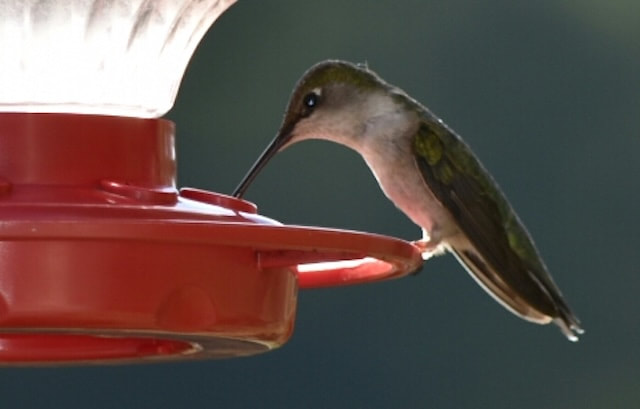
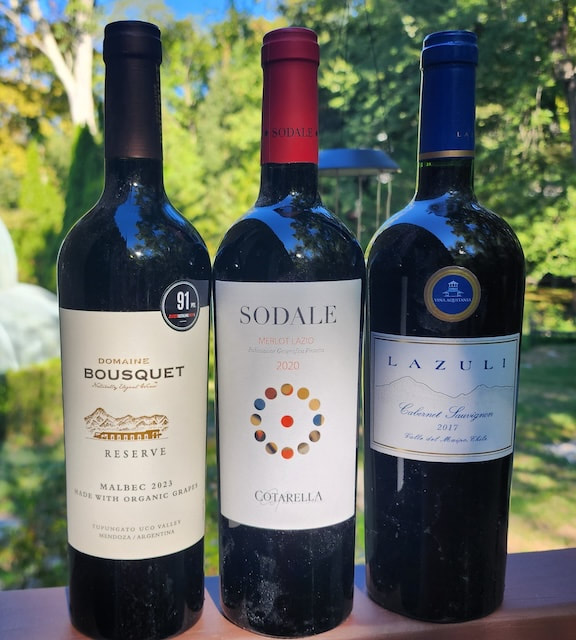
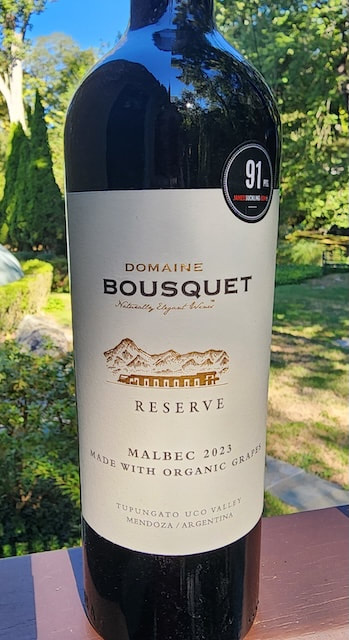
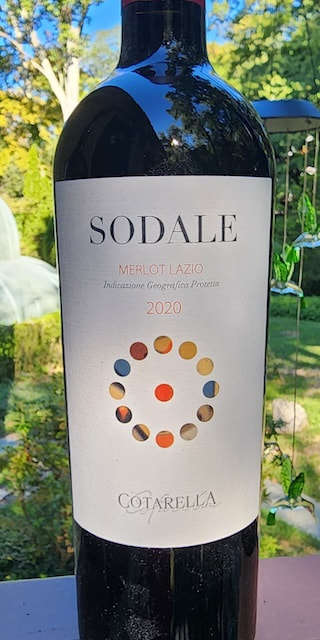
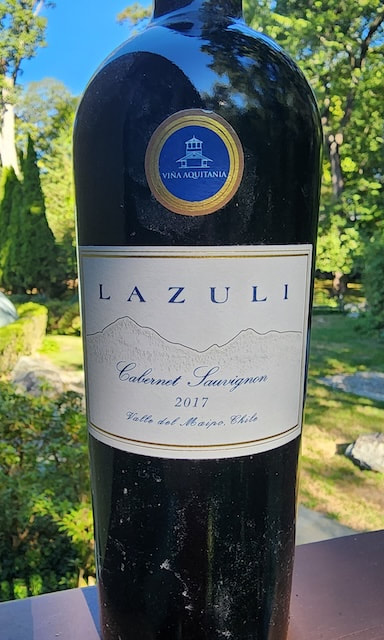
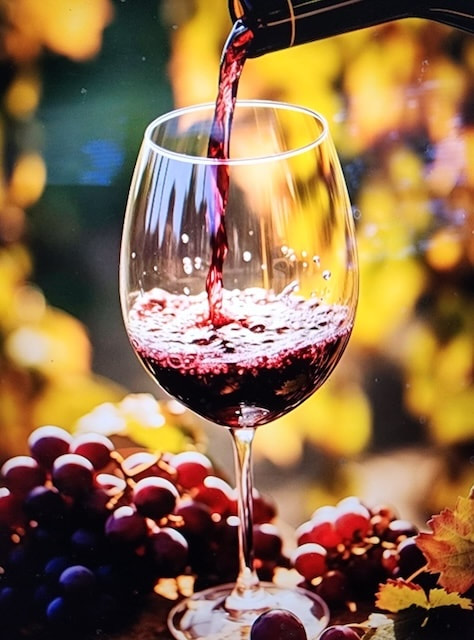
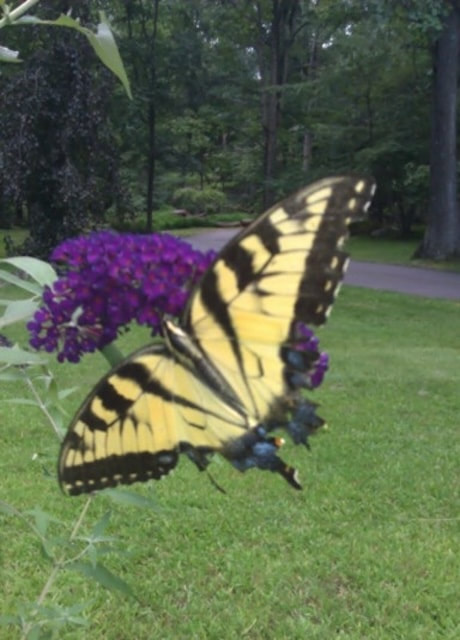
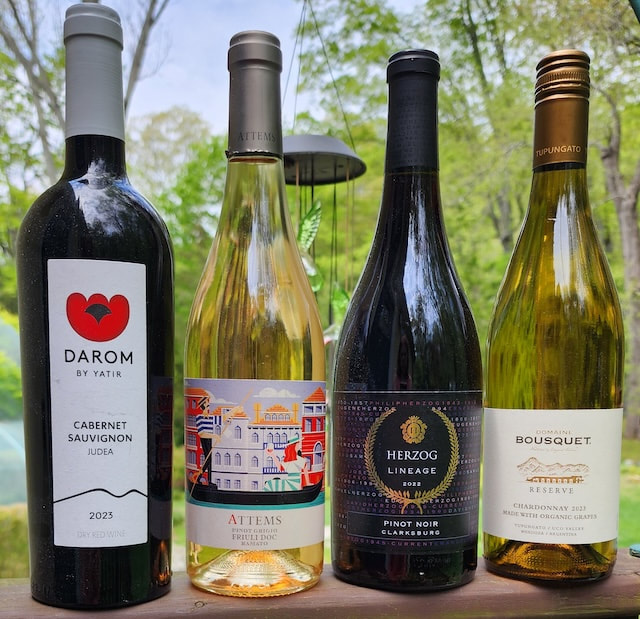
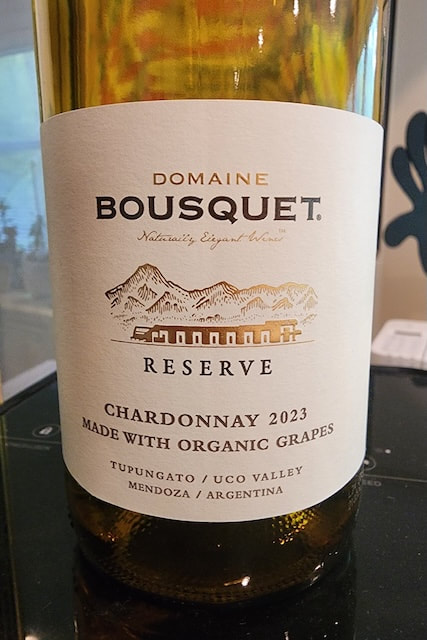
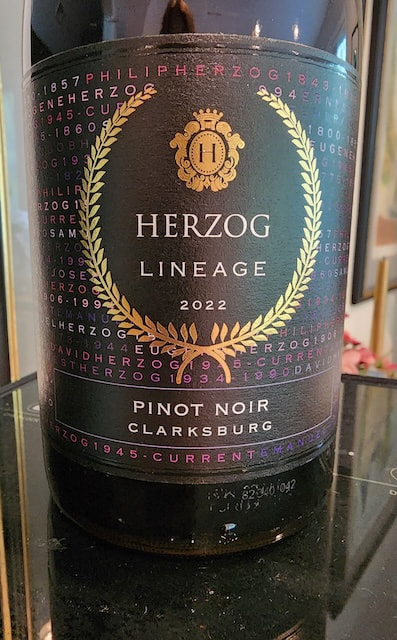
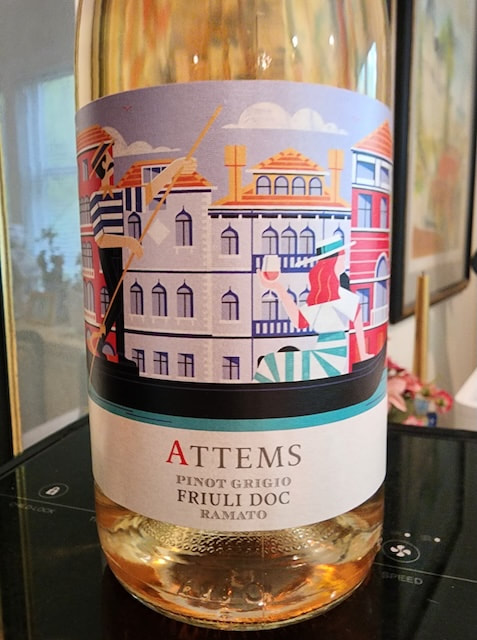
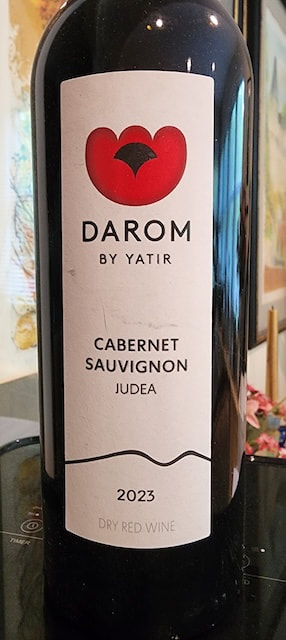






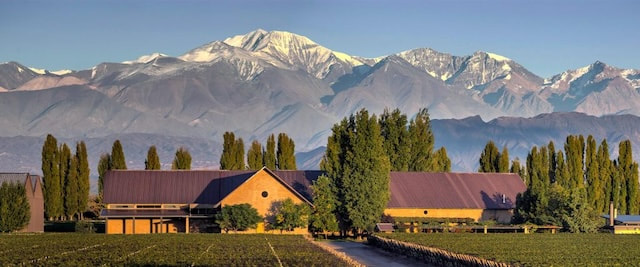
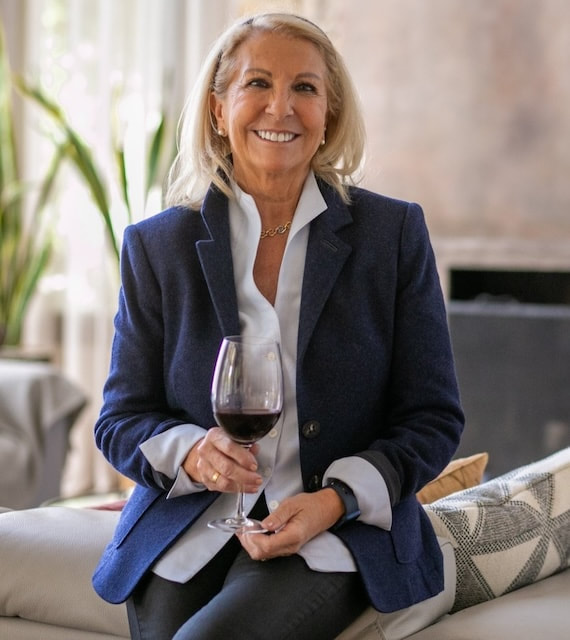
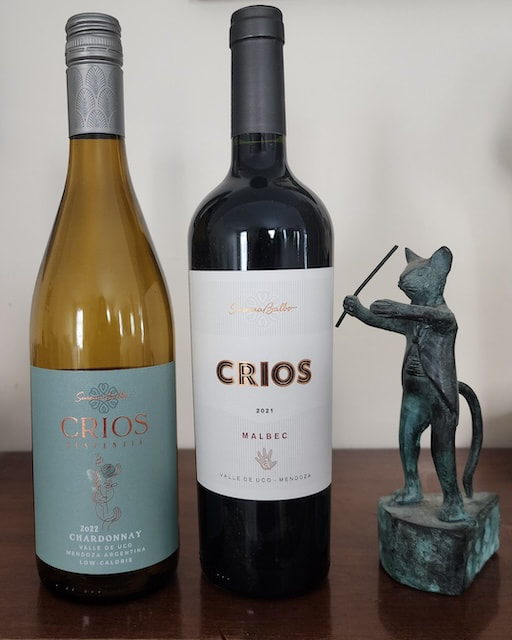
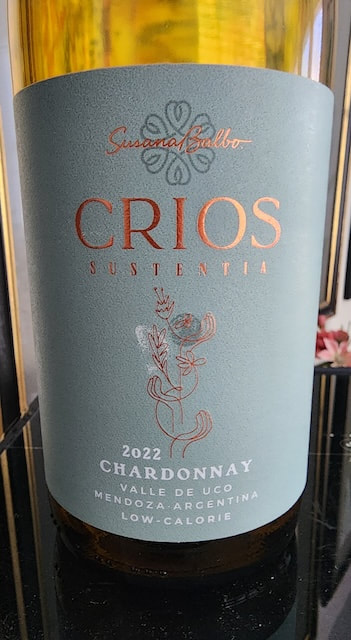
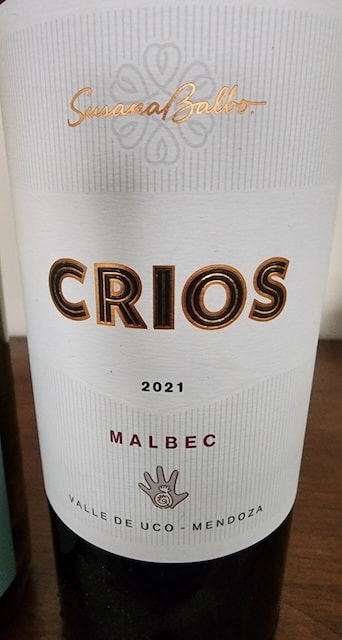
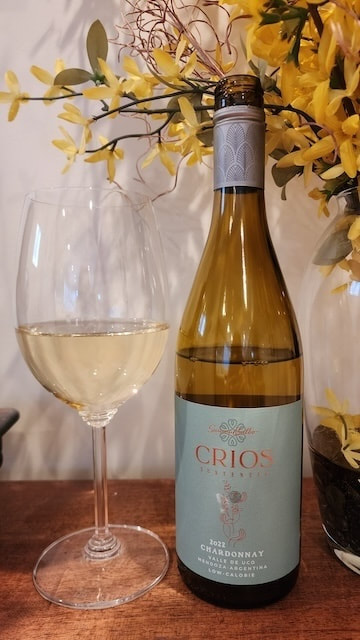
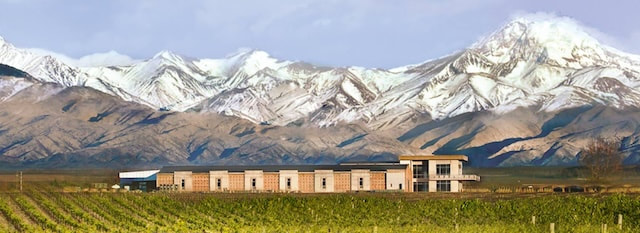
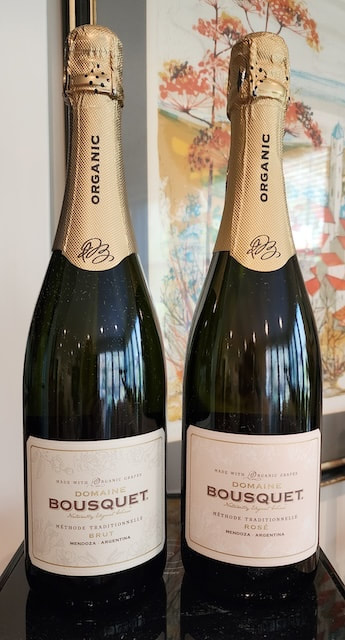
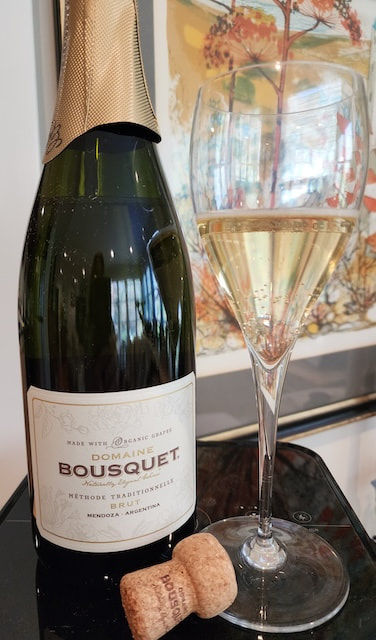
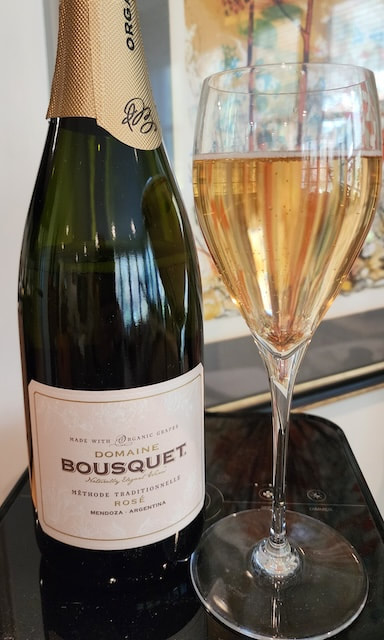
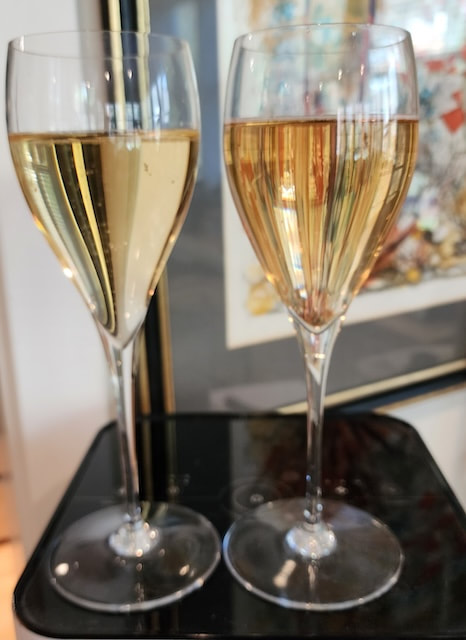
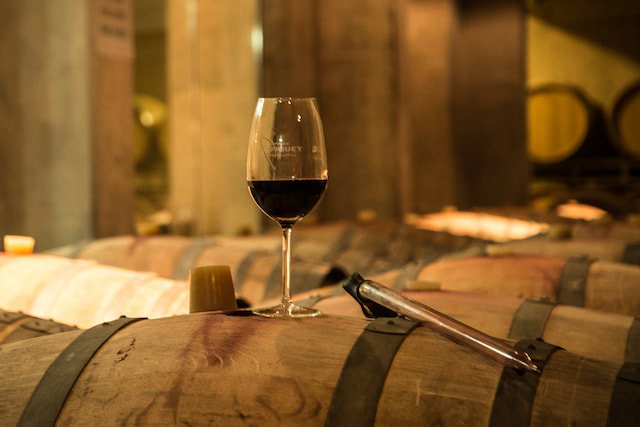
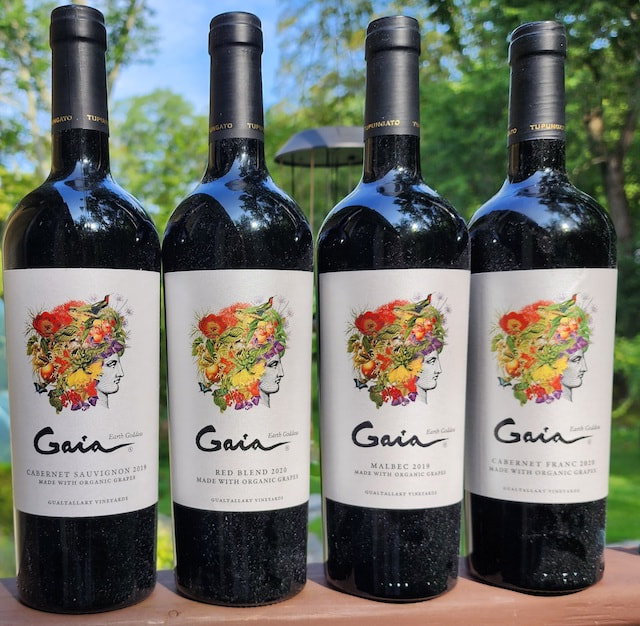
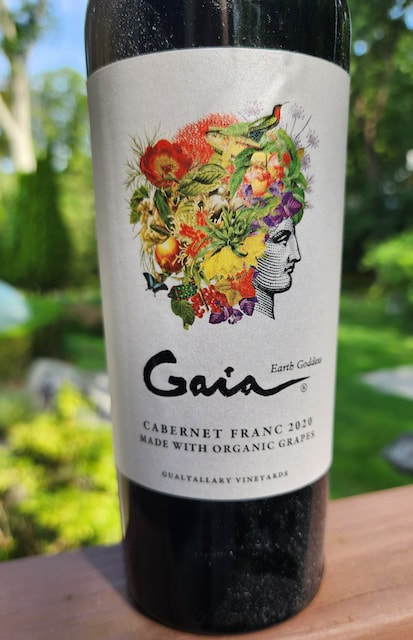
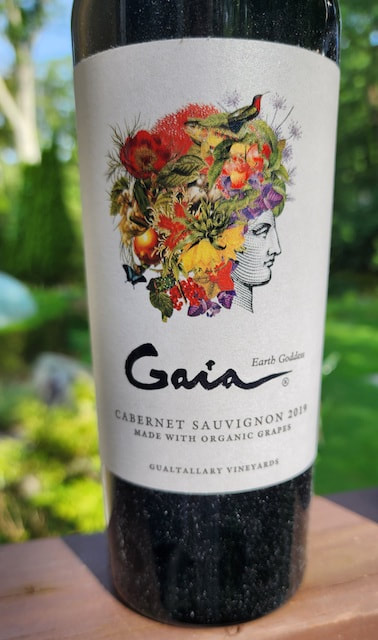
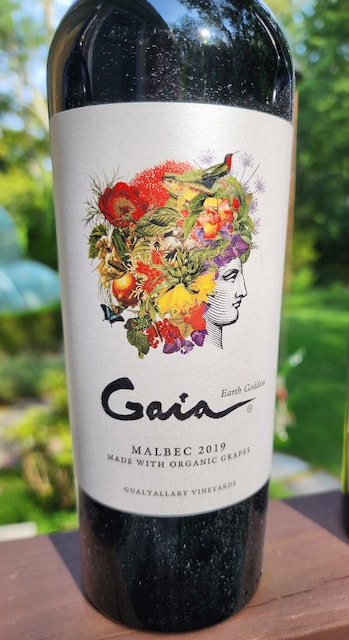
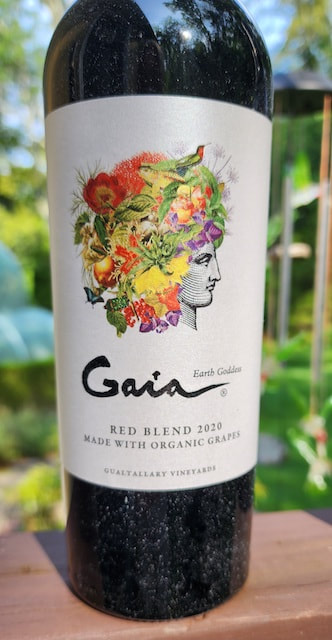
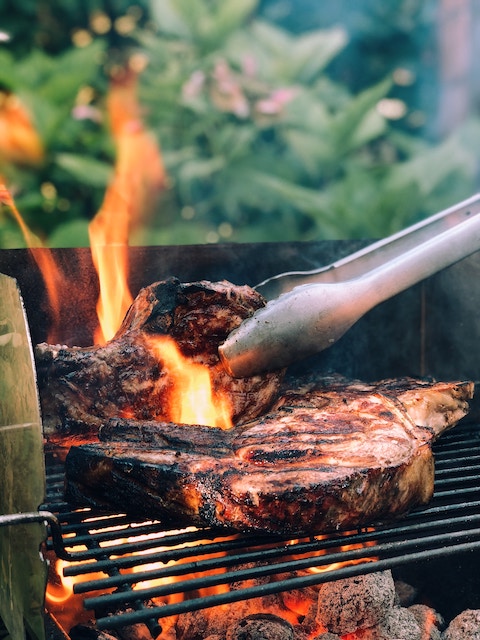
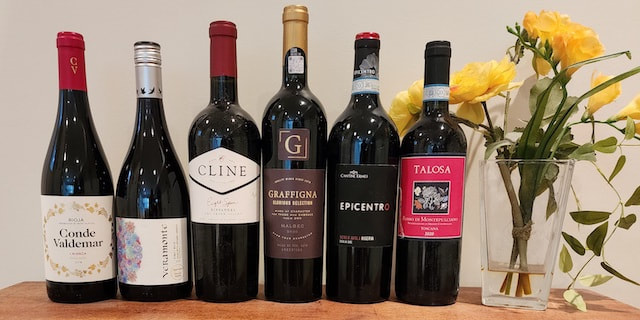
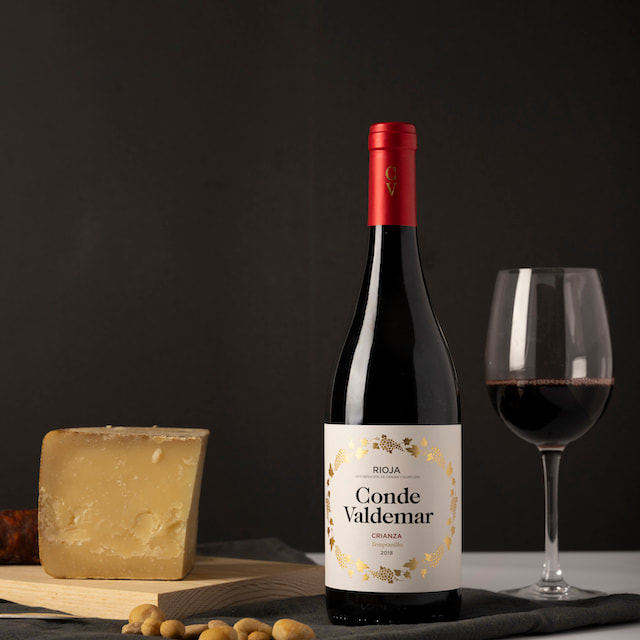

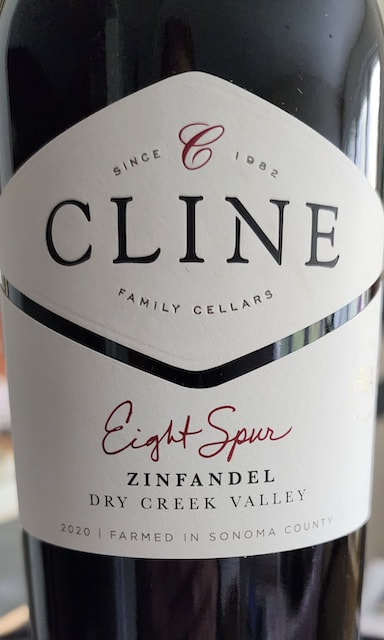
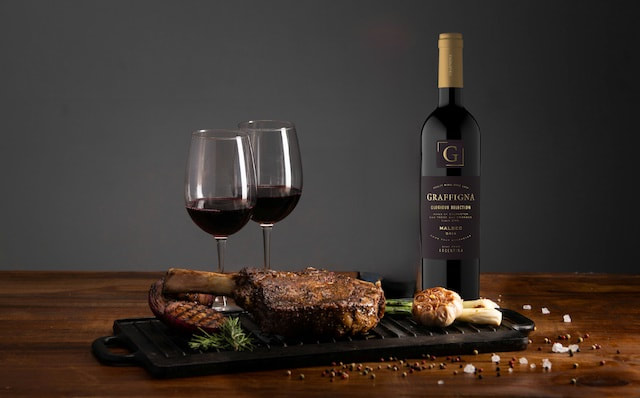
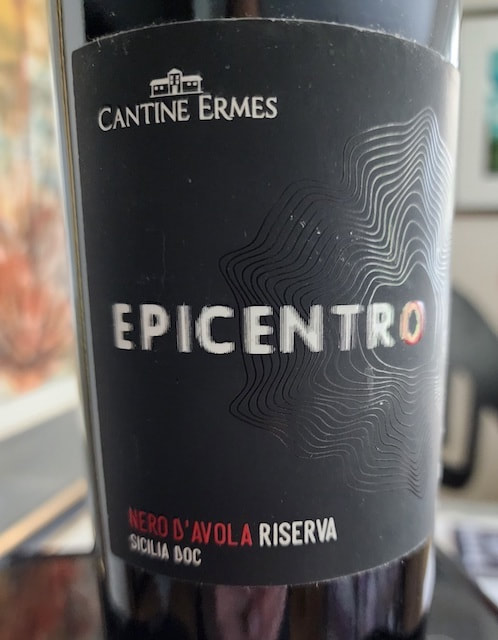
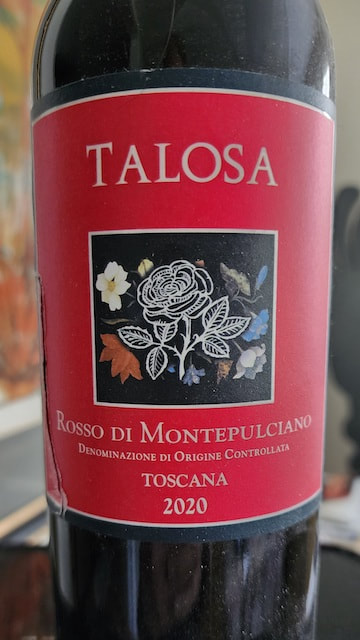
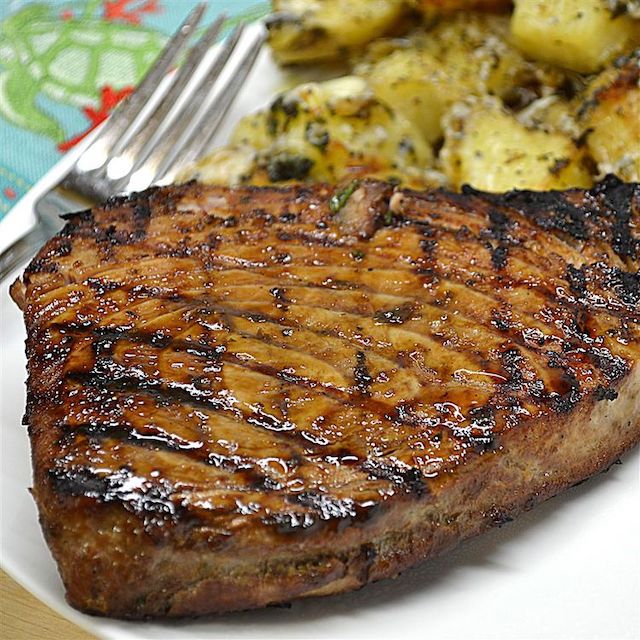
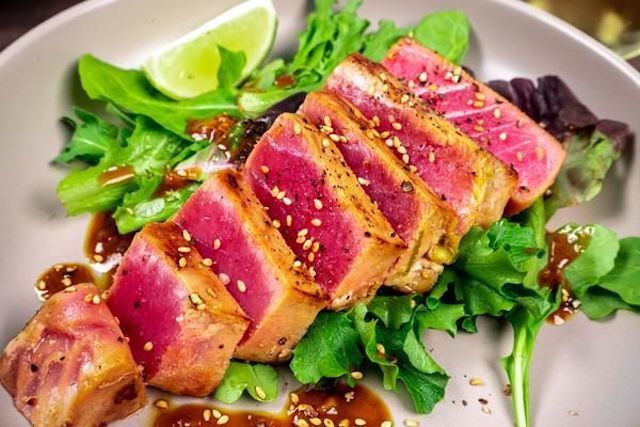
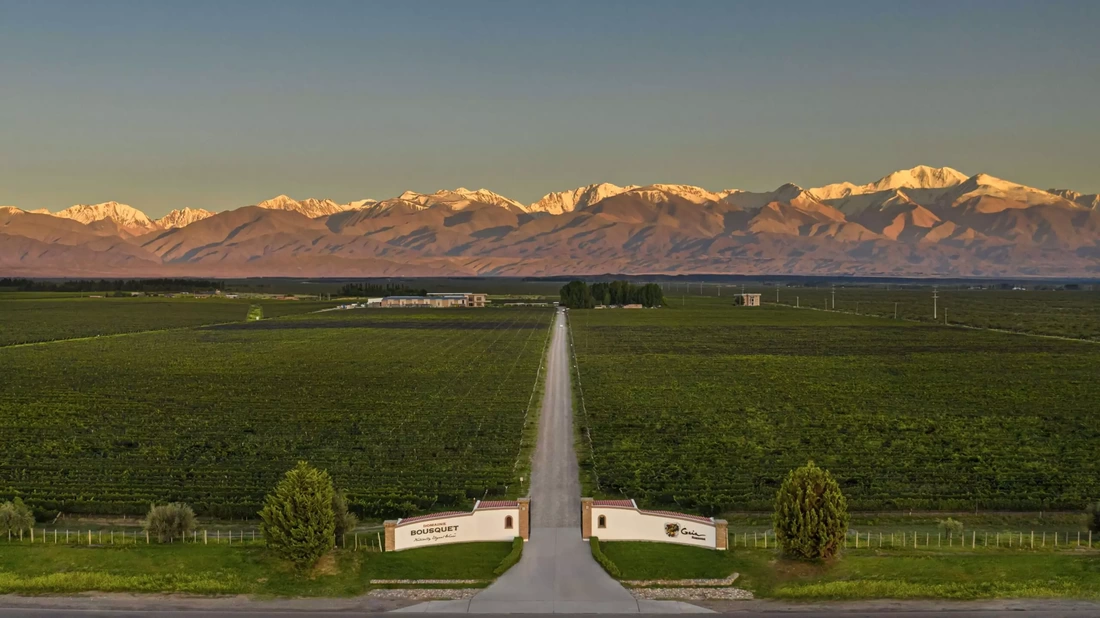
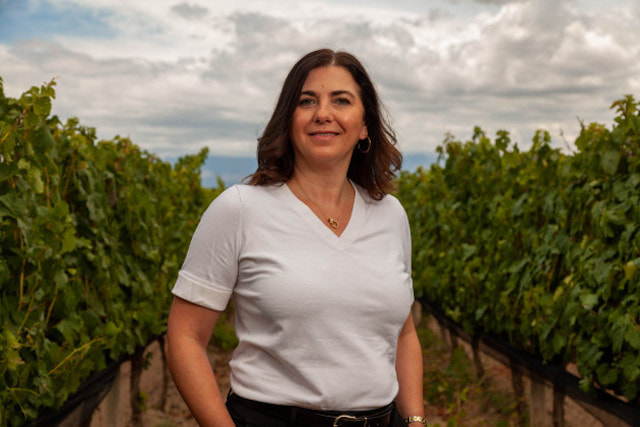
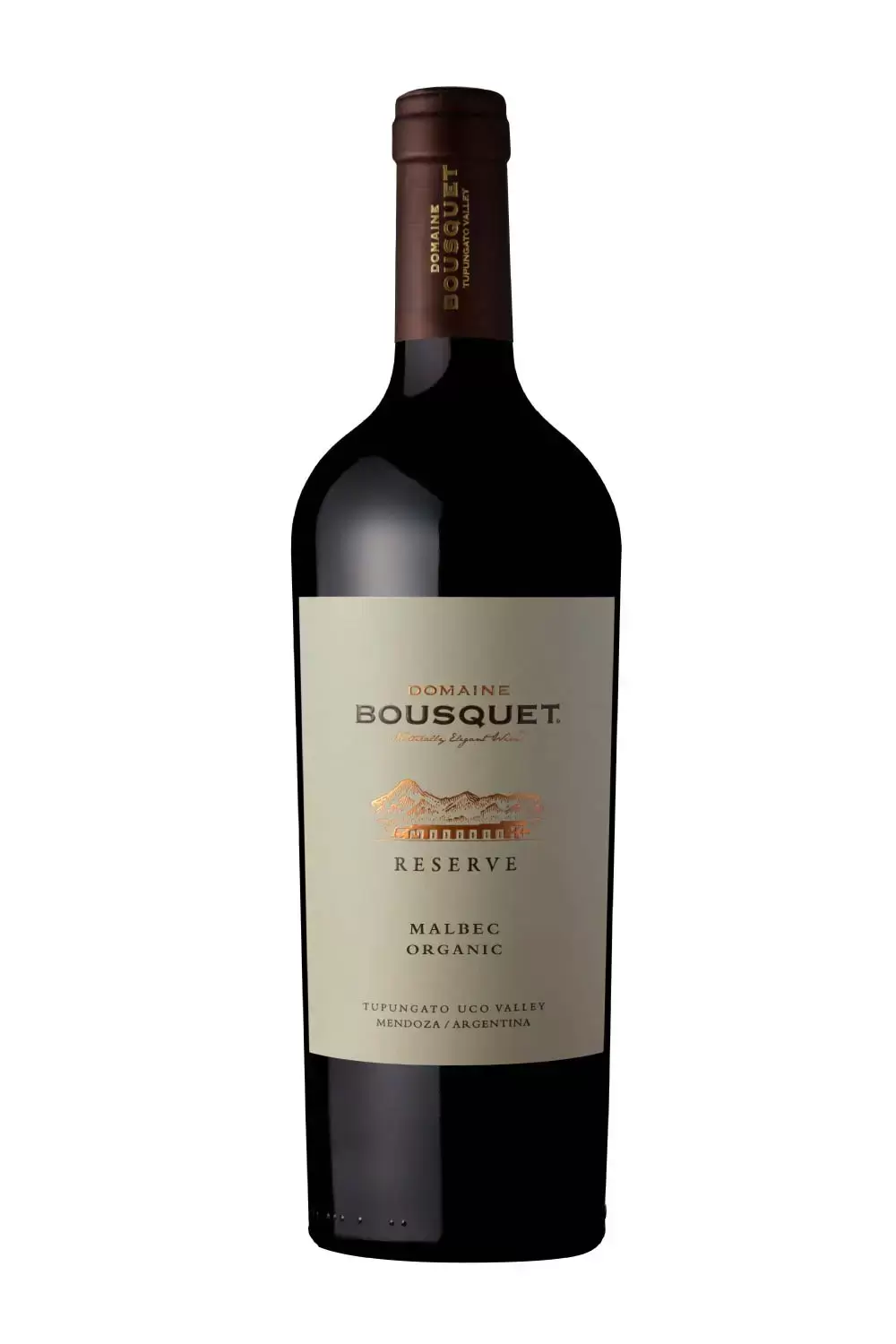
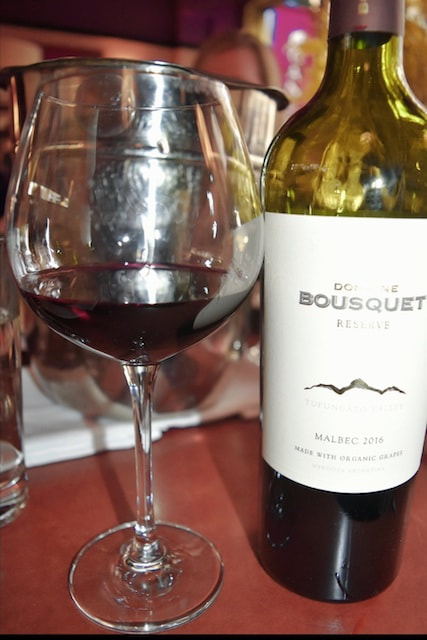
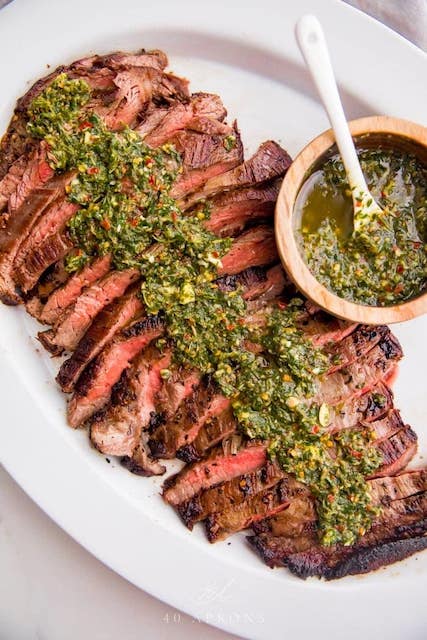

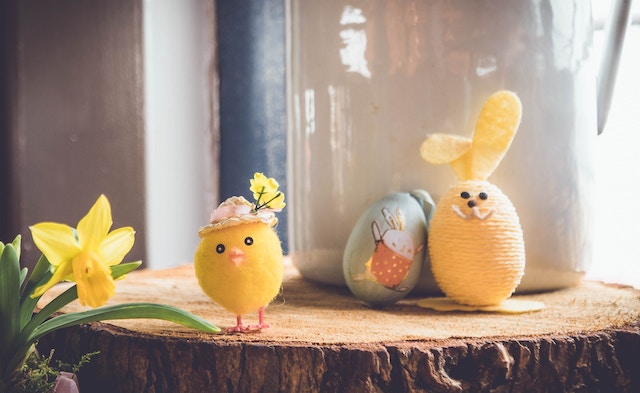
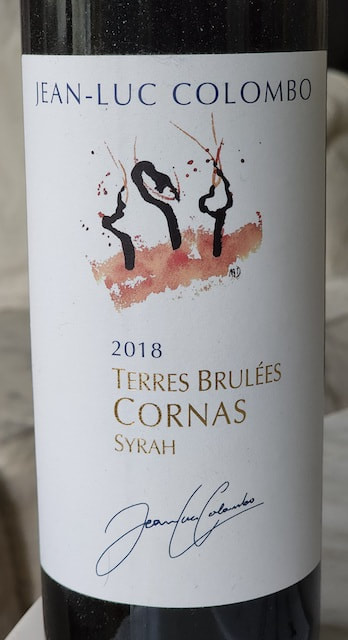
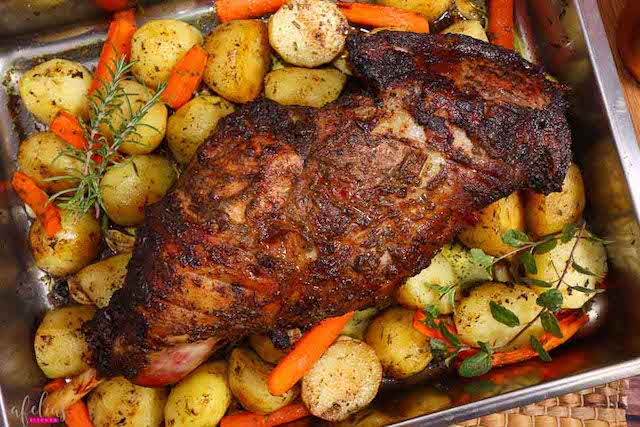
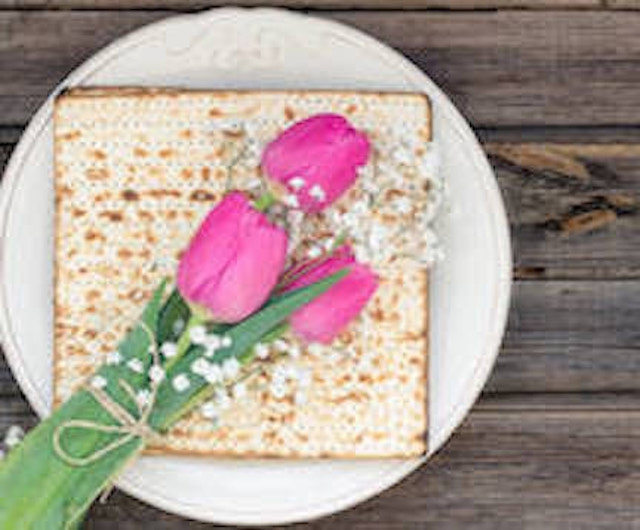
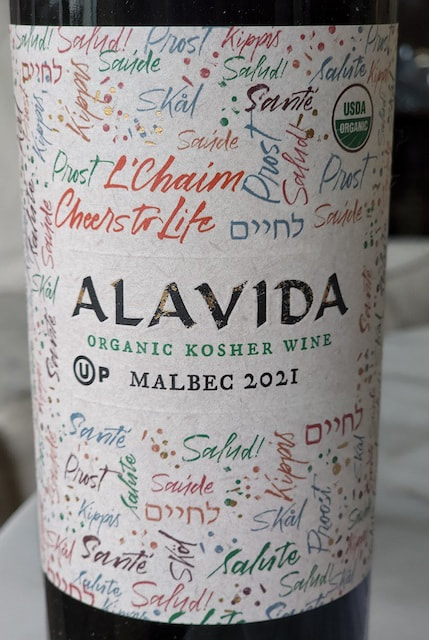
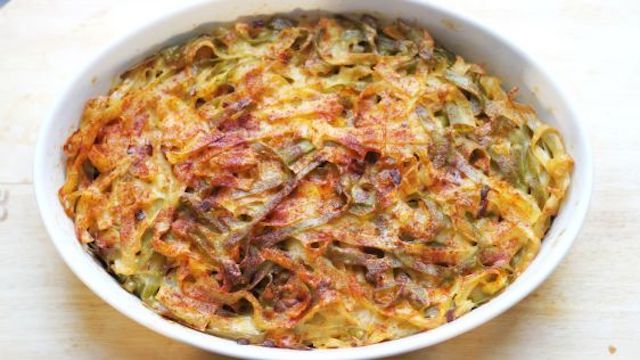
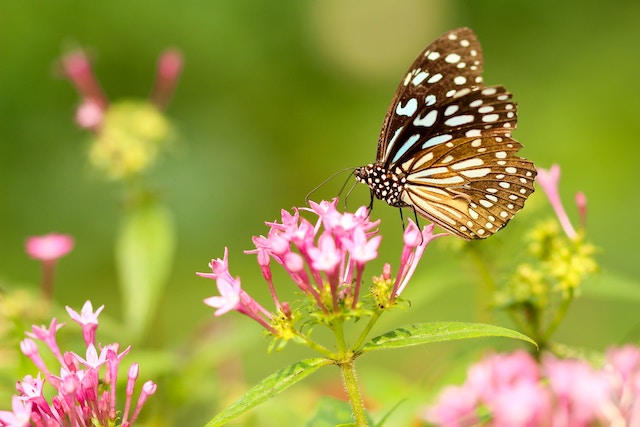
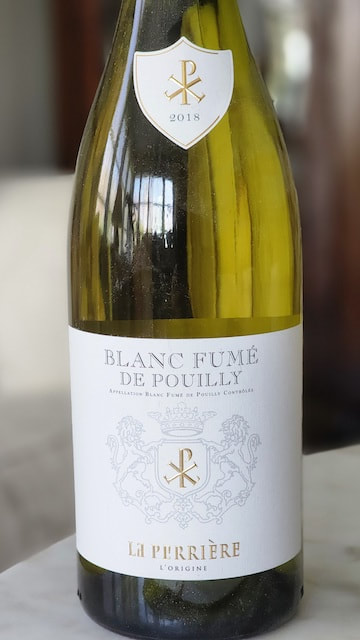
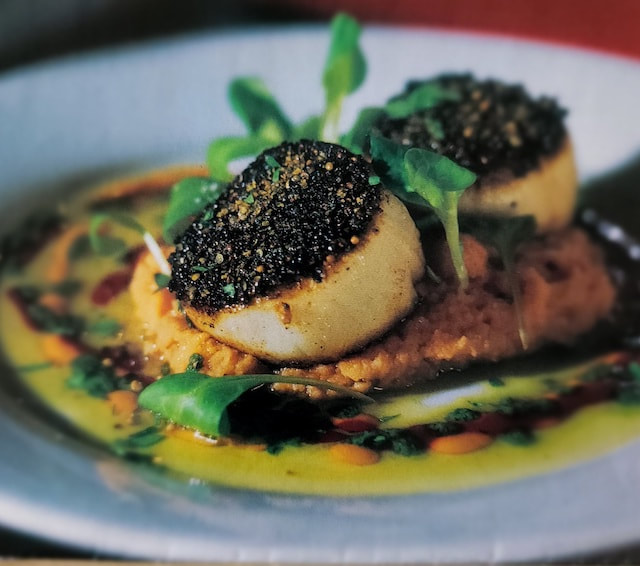
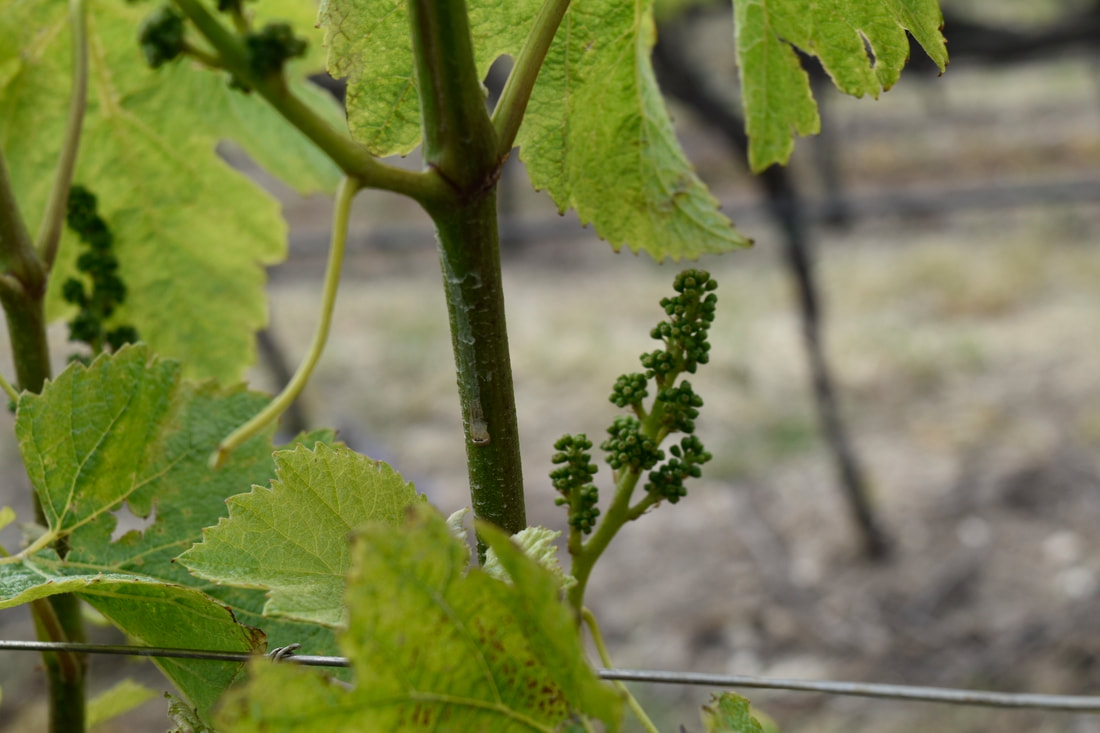
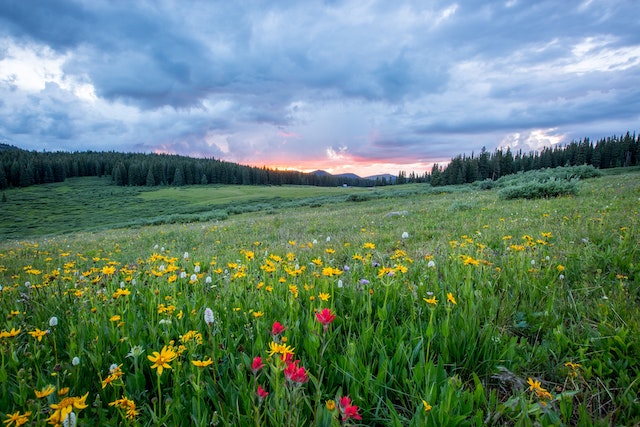
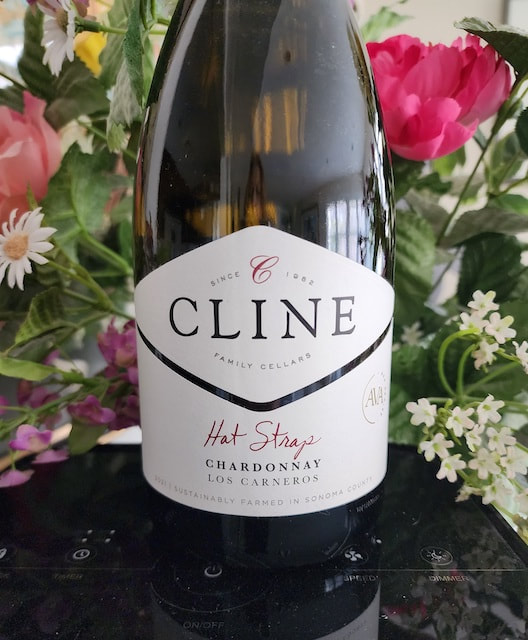
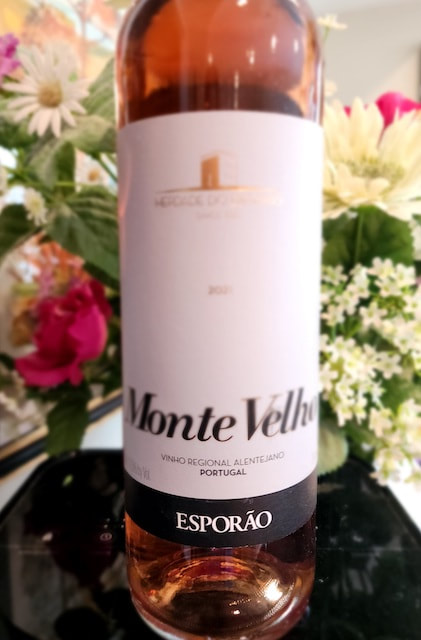
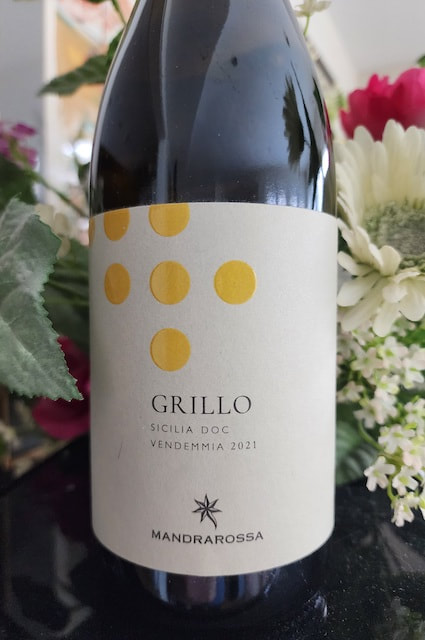
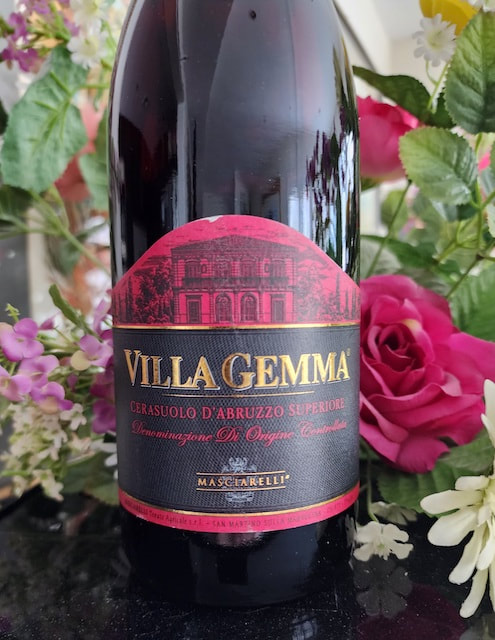
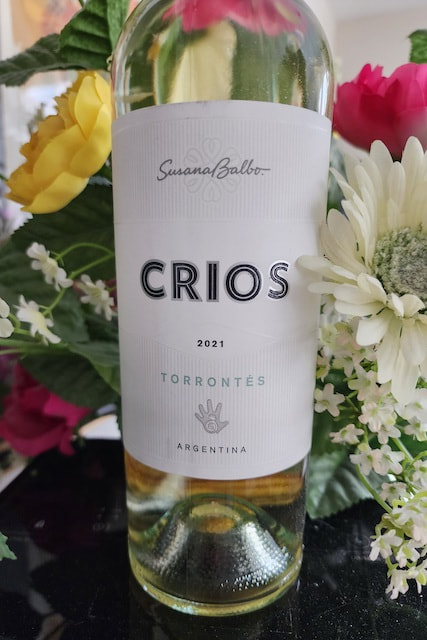
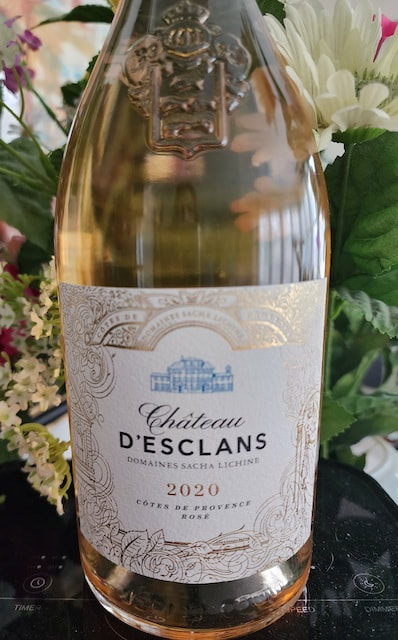
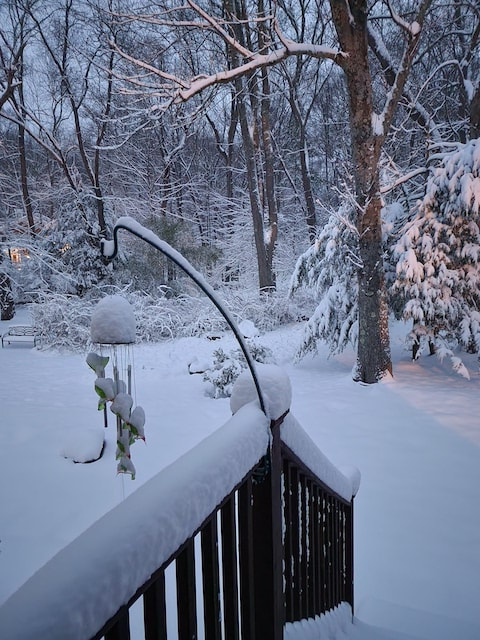
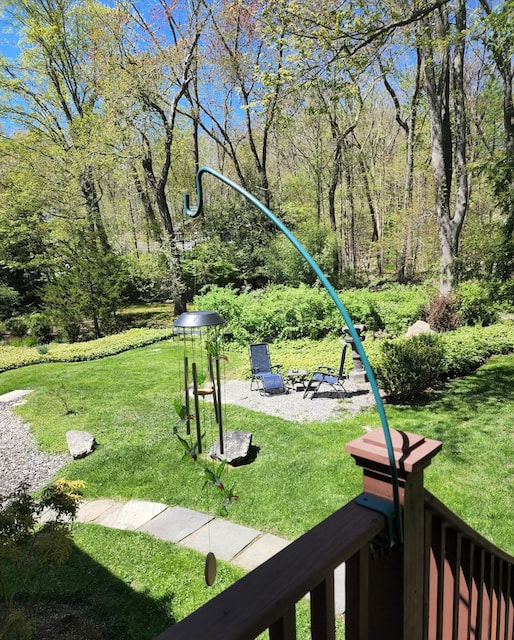
 RSS Feed
RSS Feed